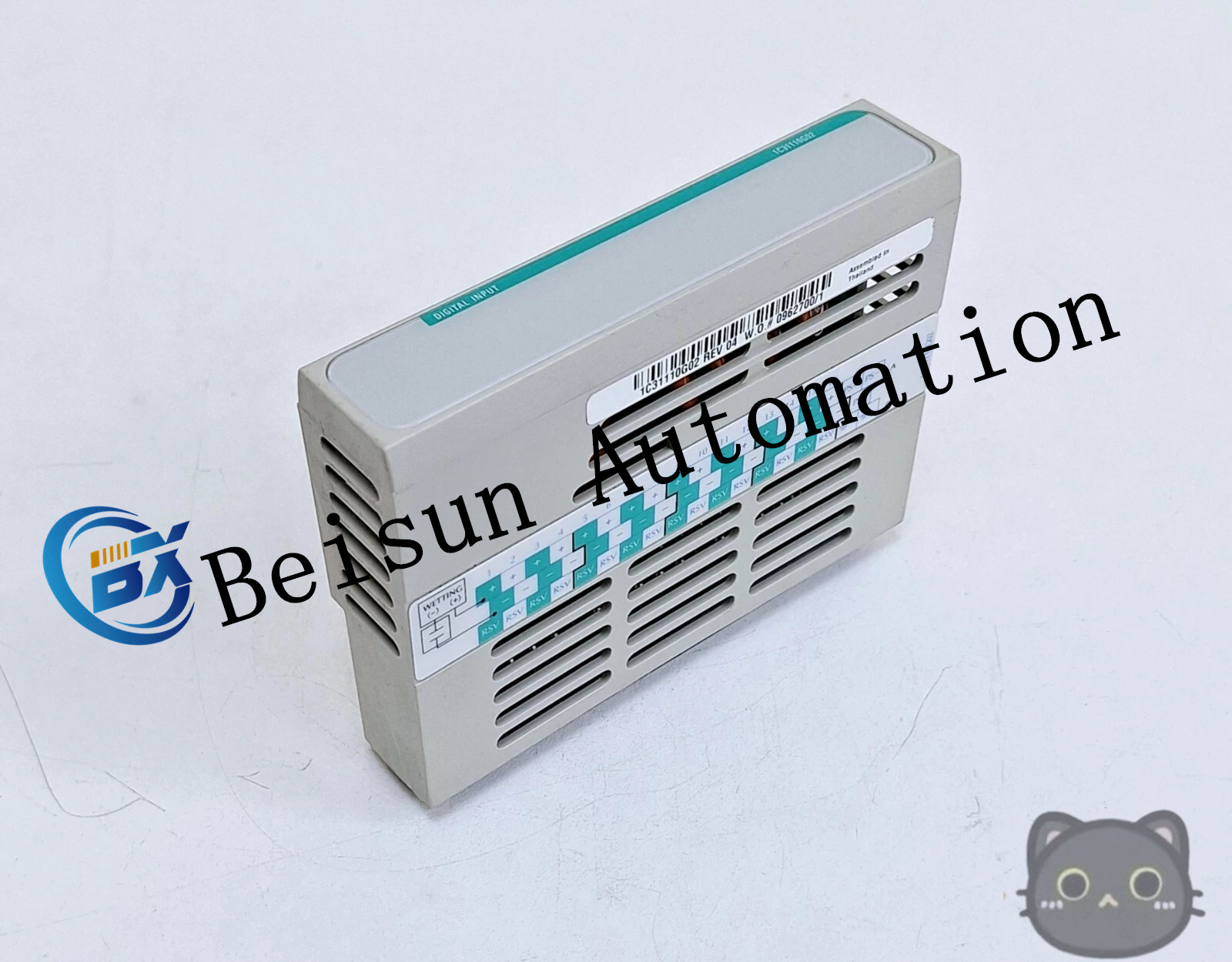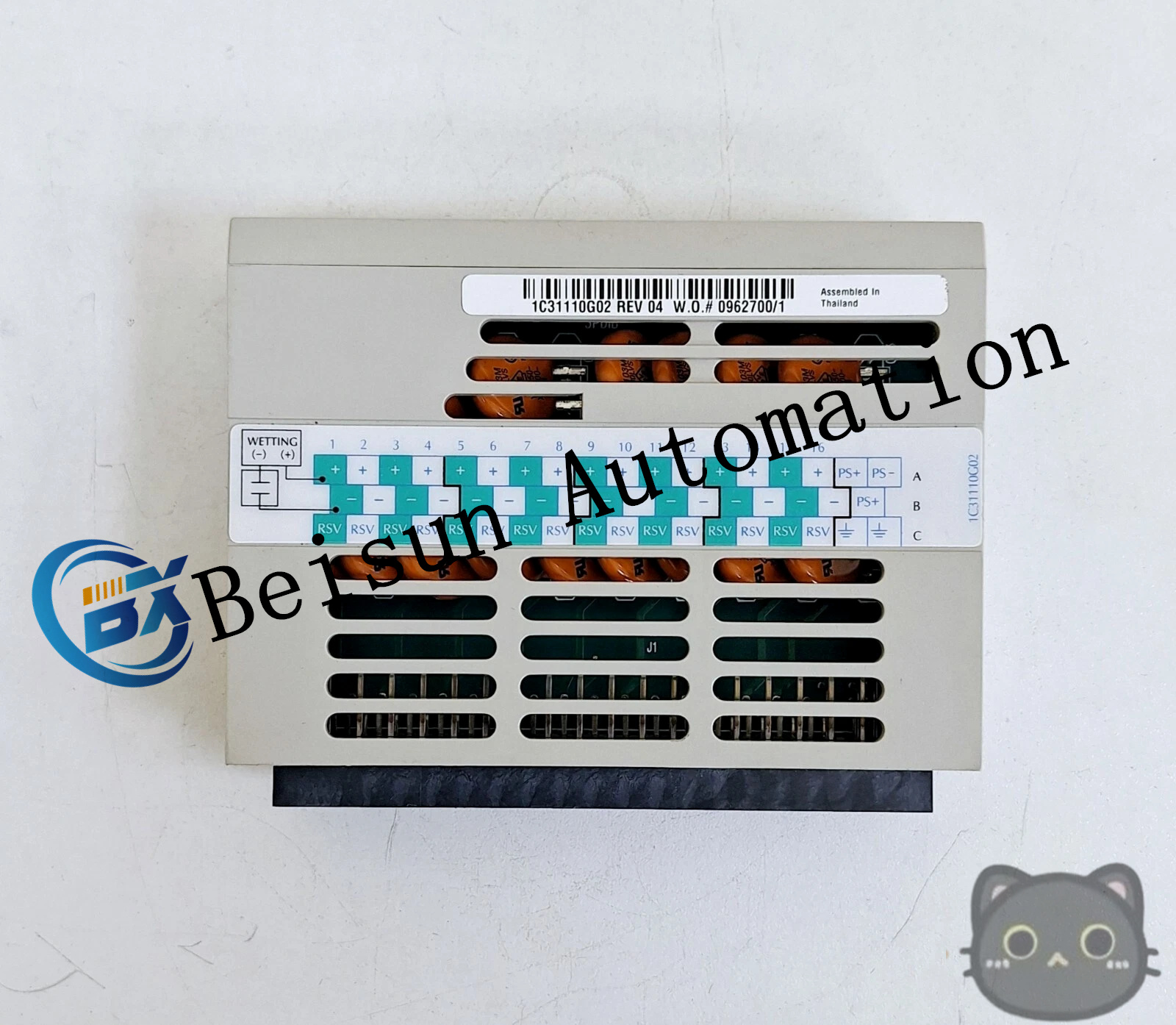Product information
Reviews
Shipping & returns
Product information
Emerson 1C31110G02 digital input module
Main functions
High-speed data acquisition: It can collect digital input signals at a relatively high speed, enabling rapid monitoring and response to the status of on-site equipment, and meeting the control tasks with high real-time requirements in industrial production processes.
Sequential Event Recording (SOE) : It has the function of sequential event recording and can precisely record the time sequence of input signal state changes, with a resolution usually reaching the millisecond level. This is very helpful for analyzing system failures and tracing the sequence of events in the production process, which is conducive to quickly locating problems and optimizing the production process.
Compatibility with multiple input signals: It can accept various types of digital input signals, including dry contacts, wet contacts, and TTL (Transistor-Transistor Logic) level signals, etc., and can adapt to the output signals of different types of field devices, such as switches, relays, sensors, etc.
Electrical isolation: Electrical isolation technology is adopted between the input channels of the module and the internal circuits of the system, effectively preventing external electrical interference from entering the control system. At the same time, it also avoids the impact of module failures on external devices, improving the stability and reliability of the system.

Application scenarios
Power system: In power facilities such as power plants and substations, it is used to monitor the status of various switchgear, the action signals of protective relays, the opening and closing status of circuit breakers, etc., providing accurate data support for the operation monitoring, fault diagnosis and relay protection of the power system.
In the petrochemical industry, it can be used to collect signals such as the opening and closing positions of valves on process pipelines, the operating status of pumps and compressors, and alarm signals from various sensors, helping operators promptly grasp the status of the production process and achieve safety monitoring and optimized control of the chemical production process.
In the metallurgical industry, it can be used in steel mills, non-ferrous metal smelters and other places to monitor the operation status signals of equipment such as blast furnaces, converters and electric furnaces, as well as the location and operation signals of logistics equipment such as overhead cranes and belt conveyors, to achieve the automatic control and management of the metallurgical production process.
In other industrial fields: On the automated production lines of industries such as papermaking, pharmaceuticals, and food and beverages, it can also be used to collect the operating status of various equipment, alarm signals, and logical control signals during the production process, etc., to achieve precise control and monitoring of the entire production process, and improve production efficiency and product quality.



Reviews
There are no reviews yet.